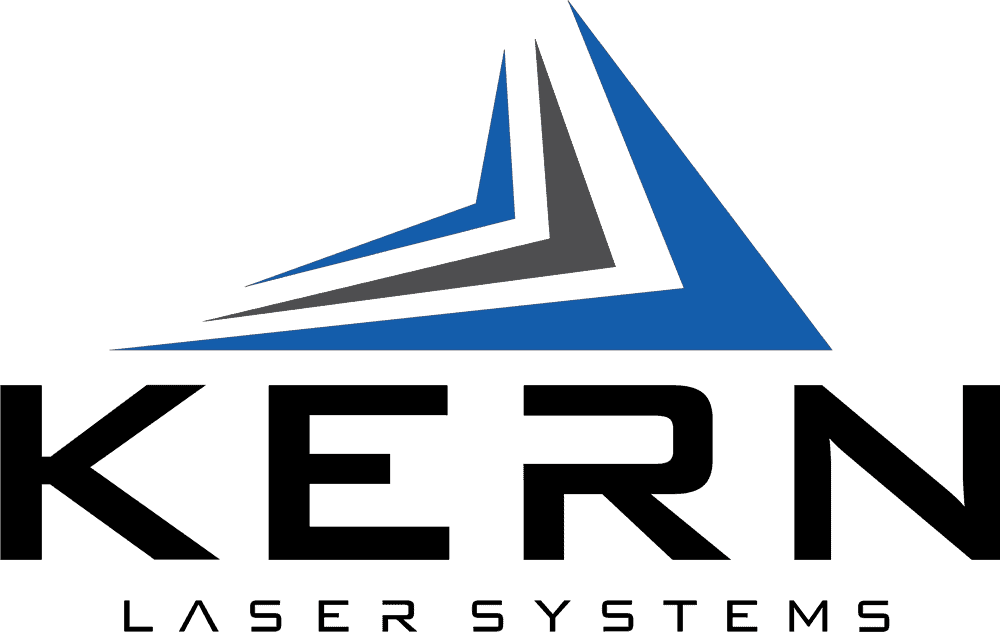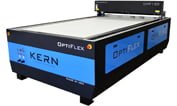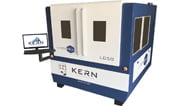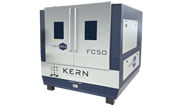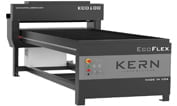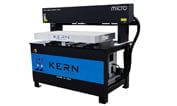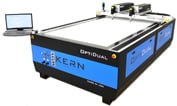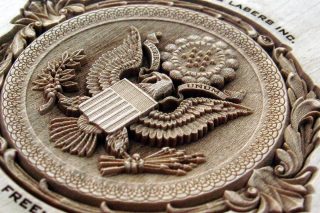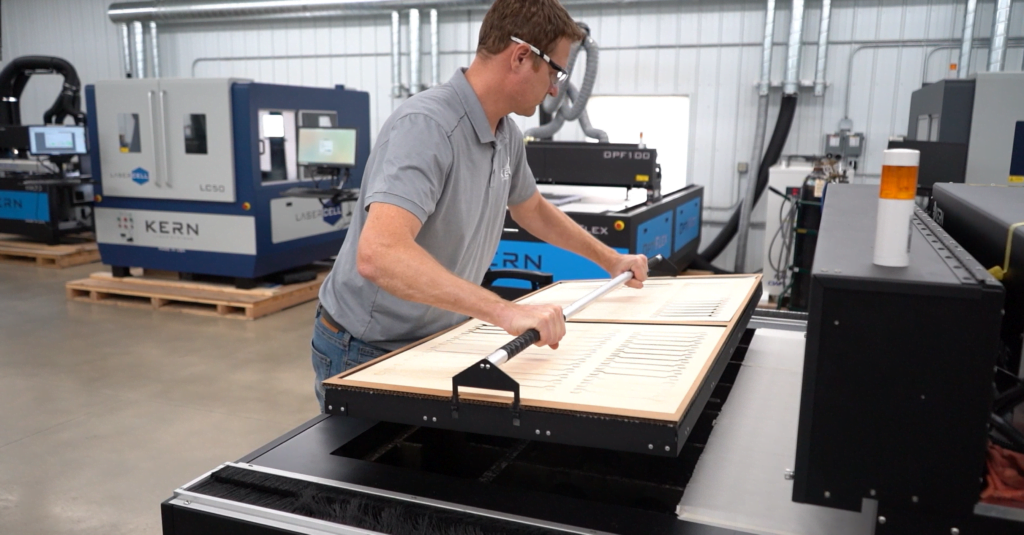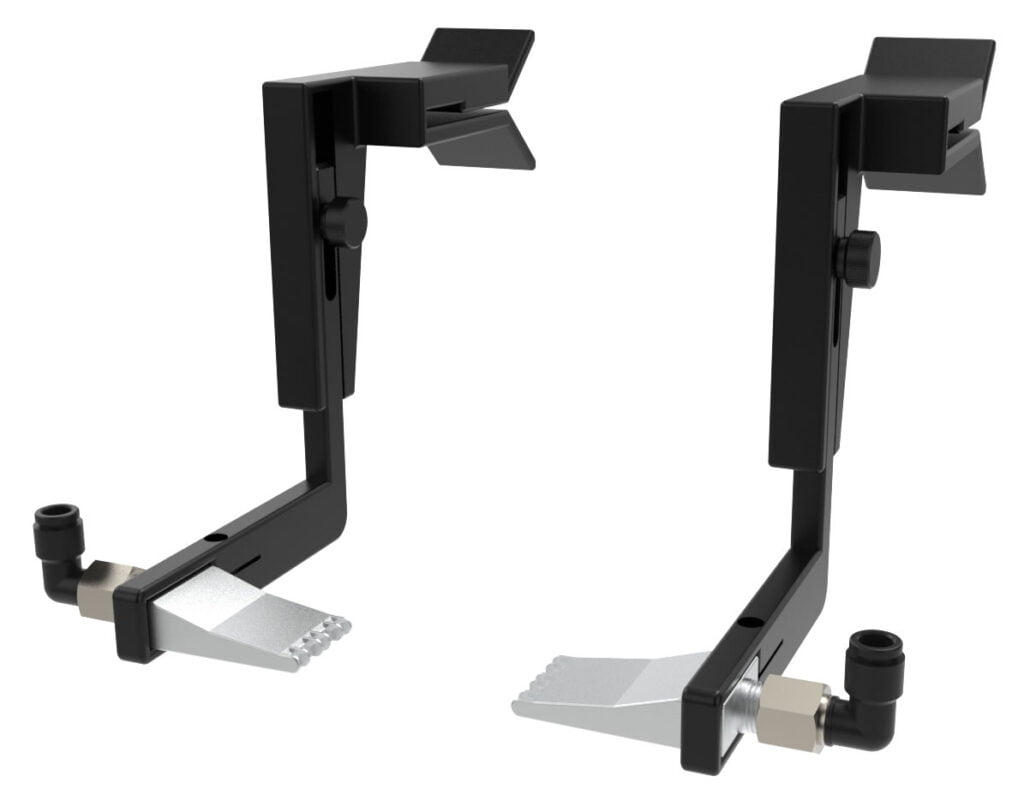Even among laser cutting systems, cutting and processing metal effectively requires specialized features. In this article, we’ll break down a few important factors and features to consider when you’re looking to buy a metal cutting laser.
Fiber or CO2?
The first thing to decide is whether you want a fiber or CO2 laser.
A fiber laser system can be a great solution if you need to strictly cut metal, but if metal cutting is only a portion of the work you’re planning to do and you need to process organic materials too, a CO2 laser might be a better fit for your needs. CO2’s selling point is its versatility. If you need the ability to cut materials like plastic, wood, or fabric in addition to metal, a CO2 laser will be the better option.
Most of our laser systems are CO2, but we do offer the FiberCELL metal cutter as well, which, as you can guess from the name, is a 1-3kW ytterbium fiber laser.
Regardless of whether you choose a fiber laser or CO2 laser, for metal cutting you will want to prioritize a machine with a high peak power for quick and effortless piercing of metal, as well as a quality beam delivery system that is able to adjust the focus on the fly over the metal sheet that may move slightly when laser cutting.
Beam Focus
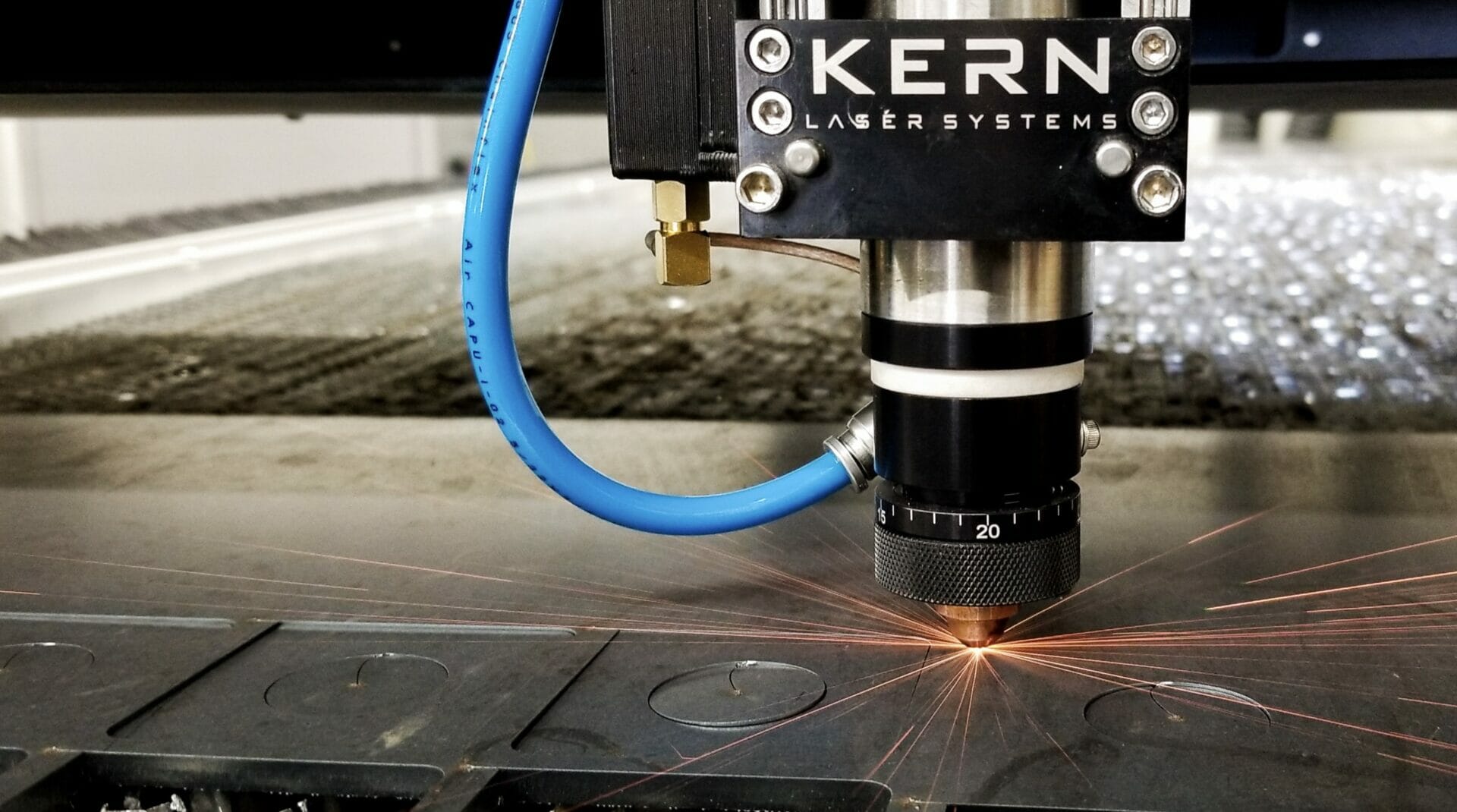 For metal cutting, you will want to find a machine with near perfect Gaussian beam and M^2 (M squared). These are technical terms that describe a beam that comes to the same point in both the x and y axes. Without this beam characteristic, cut kerfs will be different in each axis, round parts won’t turn out perfectly round, and square parts will turn out slightly rectangular.
For metal cutting, you will want to find a machine with near perfect Gaussian beam and M^2 (M squared). These are technical terms that describe a beam that comes to the same point in both the x and y axes. Without this beam characteristic, cut kerfs will be different in each axis, round parts won’t turn out perfectly round, and square parts will turn out slightly rectangular.
The Cutting Head
For a metal-cutting laser system, you need to make sure you get the correct air and nozzle design. We offer a special metal cutting package for our CO2 lasers. This includes fitting the machine with our Variable Focus (V-Focus) Metal Cutting Head, which can be equipped with different nozzle sizes to achieve the best-cut quality per the metal you are processing. We also offer our Automatic Focusing Height Follower, which is a proprietary design that gives the user a z-axis control; the nozzle drops down to the metal, and if you move the metal up or down the nozzle moves with it, maintaining a constant distance between the nozzle and the material being processed. This ensures the system is delivering a consistent laser beam and airflow throughout the entire cut path.
Our fiber laser systems are equipped with the Fibermini Auto-Focus head from Lasermech. The Auto-Focus feature included with the FiberMini not only can adjust the gap between the nozzle and the material but also is capable of moving the focusing lens up or down inside the cutting head. This allows the focus depth to be adjusted per the metal type and thickness you are cutting. For example, when cutting stainless steel the focused beam should be at the bottom edge of the material. This ensures minimal dross on a finished metal part. Each metal type has its own special recipe which allows for optimal cutting results. The FiberMini head allows for complete control of the gap between the nozzle and material, as well as the focus depth of the laser beam.
The Software
Another important factor for metal cutting with a laser system is optimized and flexible laser control software. Our proprietary KCAM system has users covered in this regard.
Our software has features specific to metal cutting. For example, KCAM allows for pierce settings specific to the penetration of metal before starting to cut. The user is able to pierce with one set of settings, then switch to a different set for the actual cut by the laser. You can even use one assist gas to pierce the metal, then switch to a different assist gas as the laser starts cutting.
KCAM allows for flexible air control as well. You can hook up three different air supplies at once and set the software to pick one and set pressure settings. The settings can then be saved and easily recalled later.
KCAM allows the user to set a lead-in to avoid an unsightly hole in the final cut shape where the beam pierces the material being cut. (A lead-out can also be programmed.) The speed of the lead-in can be controlled to ramp up slowly in order to avoid undesirable effects that can occur at the beginning of a cut.
The Optics
A final feature to consider is the optics within the laser. Our lasers have K-lenses and F-lenses that sit between the nozzle and the focusing lens, protecting the focusing lens. These lenses are typically cheaper, and more easily replaceable optics than the focusing lens, and using them helps get a longer lifetime out of the focusing lens before needing to replace it. Instead of needing to replace the expensive focusing lens, the user can replace a lower-cost optic, and they can easily be kept on hand for quick swaps when one wears out.
